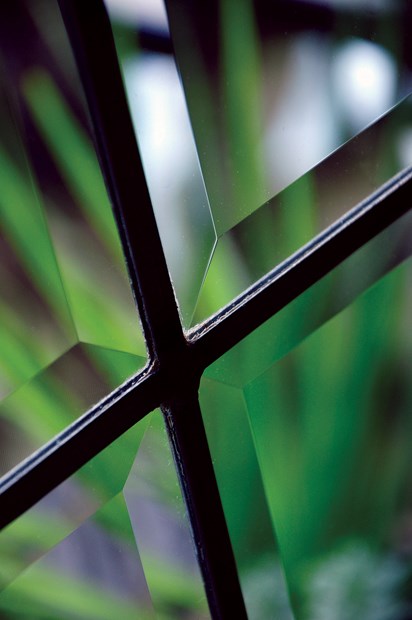Windows are a long-term investment in a home and need to be chosen wisely for both appearance and quality.
Many poorer quality windows look good at first but their value is fleeting and only skin deep. Selecting a good-quality window can be a little overwhelming as there are many choices and options to pick from.
Energy efficiency is a critical factor in choosing a new window and it has just become mandated too. If you want to install a new window now you'll need to meet the new performance standards set out by the 2012 B.C. Building Code.
As of Dec. 20, 2013, any new windows, doors or skylights must conform with the North American Fenestration Standard (NAFS), as well as the Canadian supplement, which sets out minimum performance grades for your geographical area in Canada.
Energy efficiency in your window selection is a must, of course, but what else should you look for? What factors shape a good quality window? Here are my three essentials to help direct your decision.
Frames A quality, low-maintenance, thermally resistant frame is what you're looking for. Frames come in many different materials solely or in combination including vinyl, wood, aluminum and fiberglass. A frame must look good too as it says a lot about your home.
A simple vinyl window is easy to install and is both thermally and environmentally resistant, but conveys an altogether different look than a finely crafted wood or sleek, modern aluminum.
Take your time in choosing the frame as this is the single most important decision you'll make for efficiency, longevity and look.
Glazing Long gone are the days of single-paned windows. It's no surprise that two panes of glass with air in between insulates much better than a single pane. It's the standard these days, but one can go further.
A double-paned window with Low-E glass, vacuumsealed with argon gas is the next step up. These windows further resist solar heat gain in the summer and heat loss in the winter, and don't come at a huge premium. Budgets increase when three or more panes of glass are used but so do energy efficiency, sound insulation and impact resistance. Installation The correct installation of a window is critical to its performance. At its most fundamental level a window is an opening cut out of the building envelope. How a window is placed within this opening is critical to its performance and the performance of the building as a whole.
The various components of the building envelope, including the vapour barrier, the building paper, the rainscreen and the exterior siding, need to merge with the window and work with it. Metal flashing needs to be installed correctly to guide moisture away from the unit and to prevent it from entering.
Air movement through this assembly must be eliminated as well.
Do your research and ask the right questions before choosing a new window.
With a little work you'll find a good-quality product that meets the necessary standards, fits your budget and looks right for your home.
Kevin Vallely is a residential designer in North Vancouver. vallely.ca



